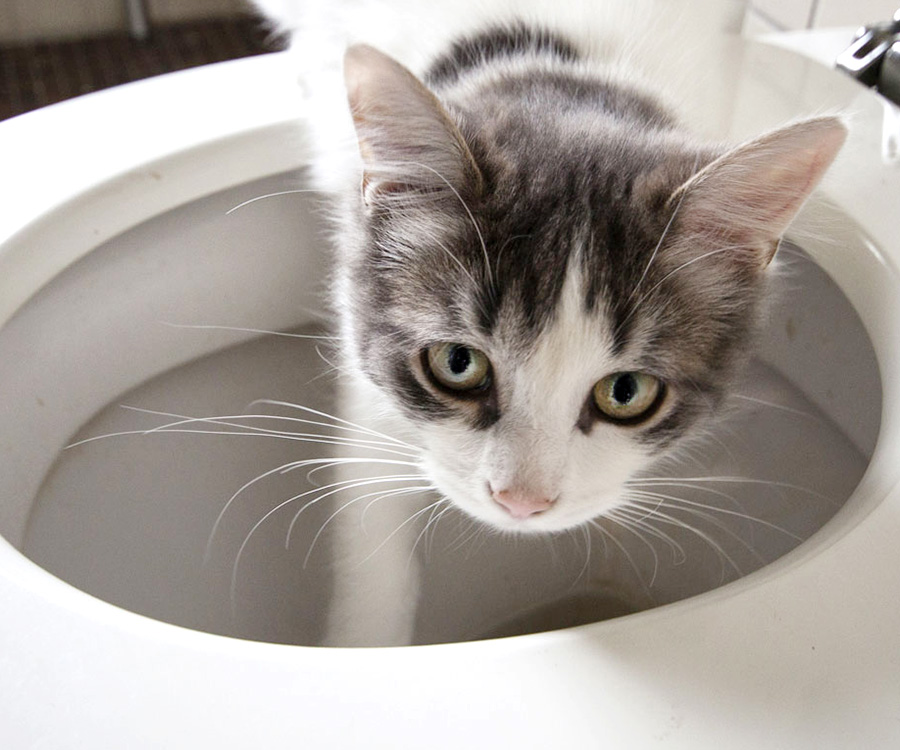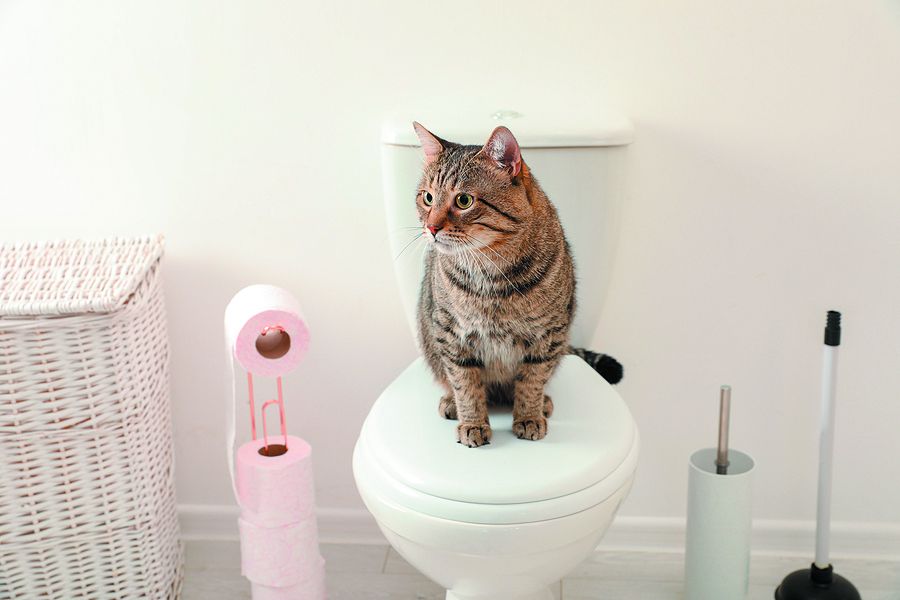Prevent Plumbing Problems: Never Flush Cat Poop Down Your Toilet - Professional Advice
Prevent Plumbing Problems: Never Flush Cat Poop Down Your Toilet - Professional Advice
Blog Article
This great article following next on the subject of How to Dispose of Cat Poop and Litter Without Plastic Bags is seriously attention-grabbing. Check it out yourself and decide what you think about it.

Introduction
As cat owners, it's essential to be mindful of exactly how we get rid of our feline good friends' waste. While it might appear convenient to flush feline poop down the commode, this technique can have detrimental consequences for both the environment and human health.
Environmental Impact
Purging pet cat poop presents hazardous pathogens and parasites right into the water system, posturing a considerable threat to aquatic communities. These impurities can adversely influence aquatic life and compromise water top quality.
Health and wellness Risks
In addition to environmental problems, flushing feline waste can also pose health and wellness dangers to human beings. Feline feces might include Toxoplasma gondii, a bloodsucker that can create toxoplasmosis-- a potentially severe health problem, especially for pregnant females and people with weakened immune systems.
Alternatives to Flushing
Fortunately, there are more secure and much more responsible ways to take care of feline poop. Take into consideration the complying with choices:
1. Scoop and Dispose in Trash
The most typical approach of taking care of feline poop is to scoop it into a biodegradable bag and throw it in the garbage. Make certain to use a devoted clutter inside story and get rid of the waste without delay.
2. Use Biodegradable Litter
Go with biodegradable feline trash made from materials such as corn or wheat. These clutters are eco-friendly and can be safely dealt with in the garbage.
3. Hide in the Yard
If you have a backyard, take into consideration hiding cat waste in a marked area away from vegetable yards and water sources. Be sure to dig deep adequate to avoid contamination of groundwater.
4. Mount a Pet Waste Disposal System
Purchase an animal waste disposal system specifically designed for pet cat waste. These systems use enzymes to break down the waste, minimizing odor and ecological impact.
Final thought
Responsible family pet ownership prolongs beyond supplying food and sanctuary-- it likewise includes correct waste monitoring. By refraining from flushing pet cat poop down the bathroom and choosing alternate disposal approaches, we can decrease our ecological footprint and secure human health.
Why You Should Never Flush Cat Poop Down the Toilet
A rose by any other name might smell as sweet, but not all poop is created equal. Toilets, and our sewage systems, are designed for human excrement, not animal waste. It might seem like it couldn’t hurt to toss cat feces into the loo, but it’s not a good idea to flush cat poop in the toilet.
First and foremost, assuming your cat uses a litter box, any waste is going to have litter on it. And even the smallest amount of litter can wreak havoc on plumbing.
Over time, small amounts build up, filling up your septic system. Most litter sold today is clumping; it is made from a type of clay that hardens when it gets wet. Ever tried to scrape old clumps from the bottom of a litter box? You know just how cement-hard it can get!
Now imagine just a small clump of that stuck in your pipes. A simple de-clogger like Drano isn’t going to cut it. And that means it’s going to cost you big time to fix it.
Parasitic Contamination
Believe it or not, your healthy kitty may be harboring a nasty parasite. Only cats excrete Toxoplasma in their feces. Yet it rarely causes serious health issues in the cats that are infected. Most people will be fine too if infected. Only pregnant women and people with compromised immune systems are at risk. (If you’ve ever heard how women who are expecting are excused from litter cleaning duty, Toxoplasma is why.)
But other animals may have a problem if infected with the parasite. And human water treatment systems aren’t designed to handle it. As a result, the systems don’t remove the parasite before discharging wastewater into local waterways. Fish, shellfish, and other marine life — otters in particular — are susceptible to toxoplasma. If exposed, most will end up with brain damage and many will die.
Depending on the species of fish, they may end up on someone’s fish hook and, ultimately on someone’s dinner plate. If that someone has a chronic illness, they’re at risk.
Skip the Toilet Training
We know there are folks out there who like to toilet train their cats. And we give them props, it takes a lot of work. But thanks to the toxoplasma, it’s not a good idea.

As an avid reader about How to Dispose of Cat Poop and Litter Without Plastic Bags, I assumed sharing that piece of content was worth the trouble. Are you aware of anybody else who is interested by the subject? Please feel free to promote it. We love reading our article about How to Dispose of Cat Poop and Litter Without Plastic Bags.
Explore Report this page